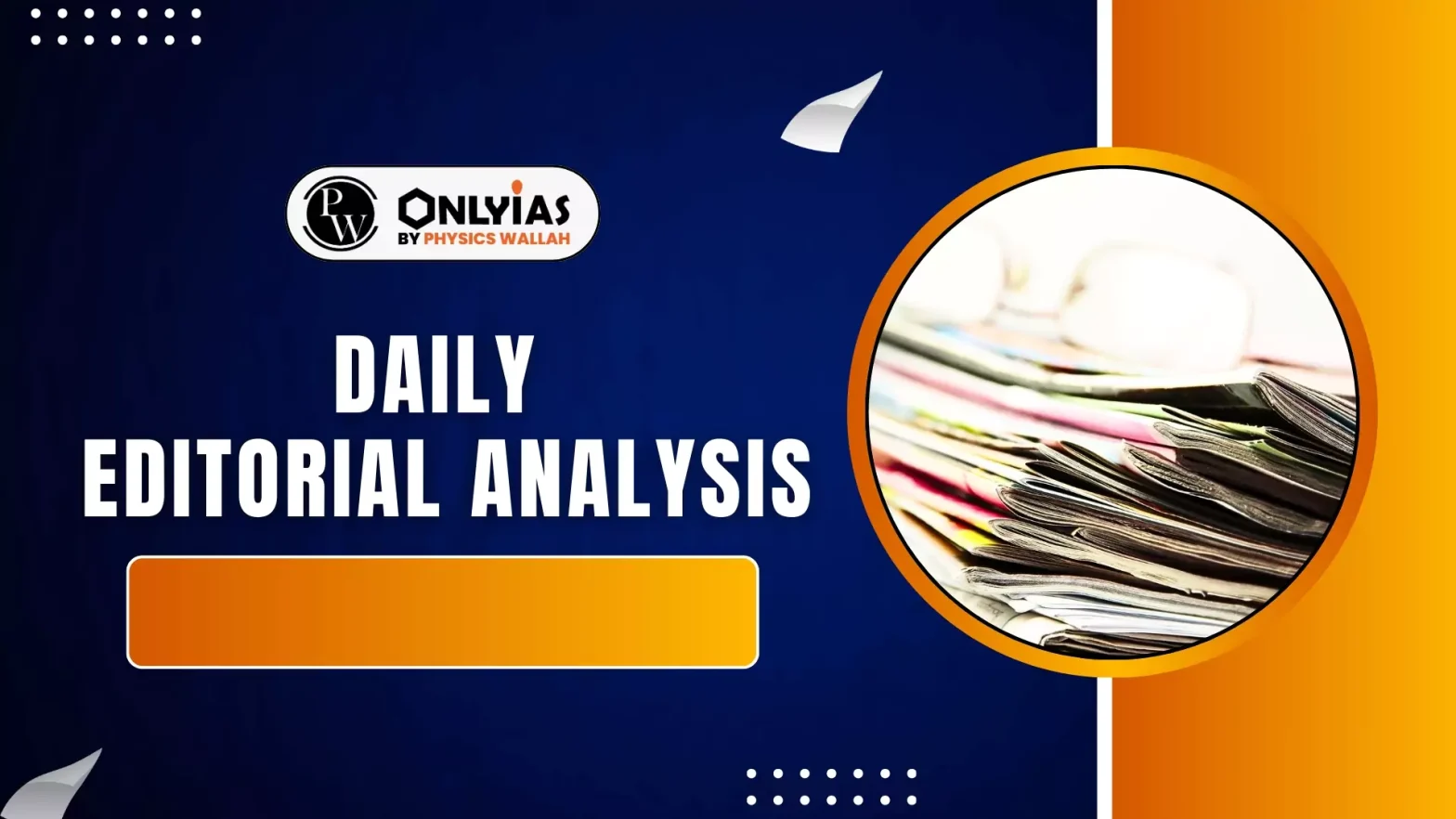Gen Z (born 1997–2012) is redefining activism, with a new form of “phygital activism” that blends online mobilisation with offline protests and influences political outcomes worldwide.
Digital Activism & Arab Spring (2010–11)
- Social Media as a Mass Mobilisation Tool: During the Arab Spring, digital platforms like Facebook and Twitter became instruments for large-scale citizen mobilisation against authoritarian regimes.
- Example: During Egypt’s Mobilisation the Facebook page “We Are All Khalid Saeed” attracted nearly 400,000 users, catalysing protests against state brutality and corruption.
- Scholarly Insights: Howard and Hussain note that social media lowered mobilisation barriers, enabling rapid mass action, while Freelon stresses it accelerated but didn’t cause the revolution—rooted in joblessness, corruption, and repression.
Rise of Gen Z Activism
- Profile of Gen Z Activists: Gen Z are digital natives who engage in socio-political issues primarily through online platforms.
- Tools and Tactics of Activism: Their activism relies on short, visual, viral content (Reels, TikTok, YouTube Shorts) and uses satire and memes for sharp political critique.
- Identity Formation: Around 66% of Gen Z activism is digital and they use social media not merely for communication but as a space to build political identity and solidarity around issues like inflation, unemployment, and healthcare.
Global Examples of Digital Mobilisation
- Morocco (Digital Critique of Inequality): Gen Z created viral reels and TikTok videos highlighting the contrast between elite celebrations and everyday social misery. Protesters used the “One Piece” anime flag as a creative anti-corruption symbol.
- Nepal (Anti-Elitism Movement): Short videos exposing the lavish lifestyles of “Nepo Kids” (children of politicians and bureaucrats) triggered mass outrage.
- Sri Lanka (Aragalaya, 2022, Economic Crisis Mobilisation): Nearly 70% of protest coordination occurred via Facebook groups and live streams, leading to mass mobilisation and ultimately the resignation of the ruling leadership.
- USA (Black Lives Matter Movement): TikTok and short-video platforms helped mobilise 15–26 million people, making it one of the largest civil rights movements in modern history.
- Bangladesh (Anti-Quota Protest): WhatsApp groups enabled rapid messaging and real-time mobilisation of students across universities during the anti-quota protests.
- Iran (Women-Led Anti-Hijab Protests): Instagram Reels sustained the movement even during government-imposed shutdowns, enabling global amplification of videos.
- Hong Kong & Mongolia: Encrypted platforms like Telegram and Discord were used to coordinate protests without identifiable leaders, reducing vulnerability to crackdown
Challenges of Digital/Gen Z Activism
- Algorithm Trap and Polarisation: Algorithms create echo chambers by showing users only content matching their existing beliefs, deepening social and political polarisation.
- Misinformation, Deepfakes, and Chaos: Deepfake videos during the Bangladesh protests led to violent riots, proving how misinformation online can trigger real-world unrest.
- Doxing and Digital Vigilantism: In places like Hong Kong and the Philippines, opponents of protests have faced public exposure of personal data, using doxing as a tool of fear and harassment.
- Doxing refers to revealing private information online without consent, typically to threaten, shame, or intimidate individuals.
- Cyber-Utopianism: Morozov in the book Net Delusion, 2011 warns that the internet is not inherently liberating; authoritarian governments use the same digital tools for surveillance and control.
- Government Response: States react with internet shutdowns and platform bans (e.g., TikTok banned in Nepal), which disrupt livelihoods and intensify public anger.
- Slacktivism vs Real Impact: While some activism stays limited to online noise (“slacktivism”), examples from Nepal, Bangladesh, and Madagascar show that digital mobilisation can topple governments.
Conclusion
Gen Z’s “phygital activism” has redefined protest through digital mobilisation, but rising threats from algorithms, deepfakes, and surveillance demand stronger digital literacy, ethical engagement, and regulatory vigilance.
![]() 12 Nov 2025
12 Nov 2025



